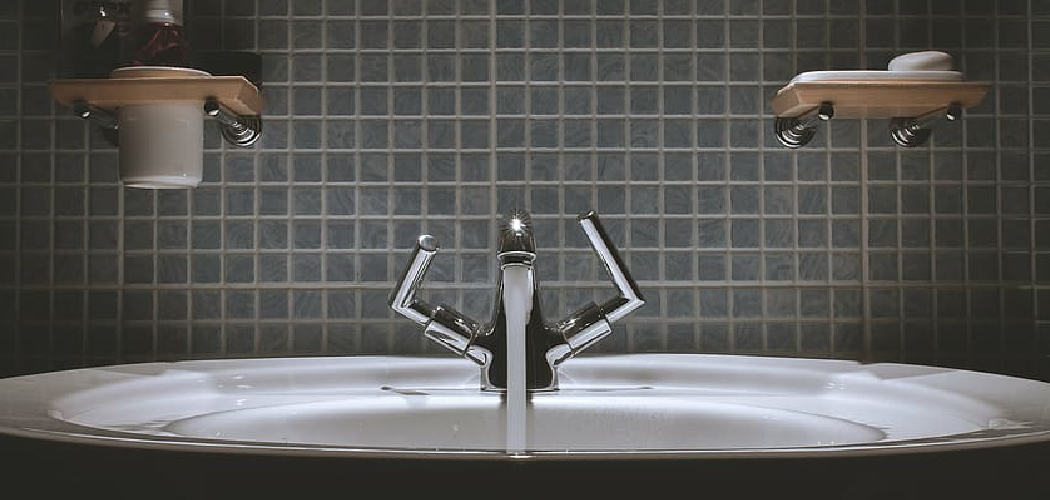A spinning tap can be a frustrating issue, often leading to water leaks and wasted resources. This common household problem typically stems from a loose or worn-out component within the tap mechanism. Fortunately, with a few basic tools and a bit of know-how, you can fix the issue without needing professional help. This guide will walk you through the steps of how to stop tap from spinning.
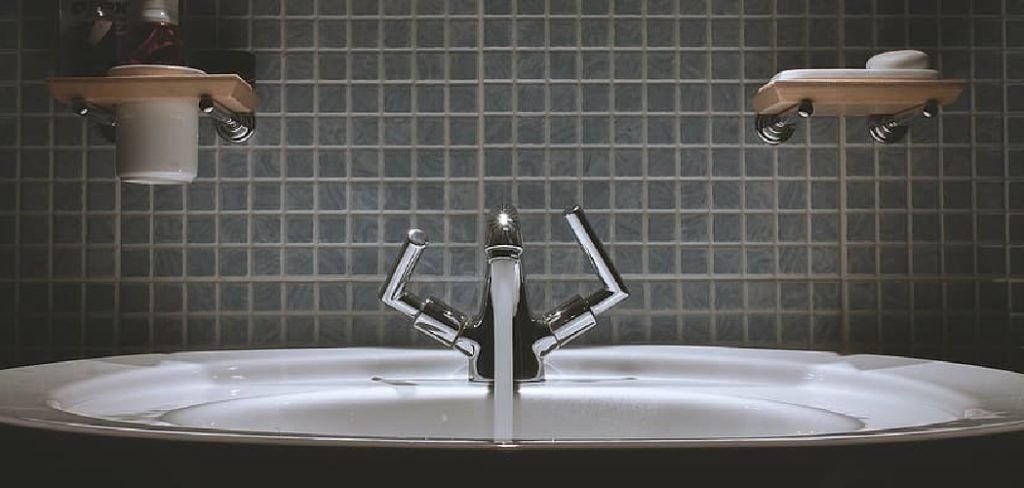
Causes of Tap Spinning
Understanding the causes of a spinning tap can help you diagnose the problem more efficiently. Here are some of the most common reasons:
Loose Tap Head or Handle
Over time, the screws securing the tap handle can loosen due to frequent use. This can cause the tap head to spin without effectively controlling the water flow.
Worn or Damaged Washer
The washer inside the tap mechanism can wear out with prolonged use, making it difficult for the tap components to engage properly and resulting in spinning.
Stripped Splines on the Cartridge or Handle
If the splines—small grooves that allow the tap handle and cartridge to interlock—become stripped or damaged, the tap may spin freely without controlling the water.
Faulty or Worn Cartridge
The cartridge inside a mixer tap regulates water flow and temperature. If it becomes worn or faulty, the tap may not function properly and can spin unnecessarily.
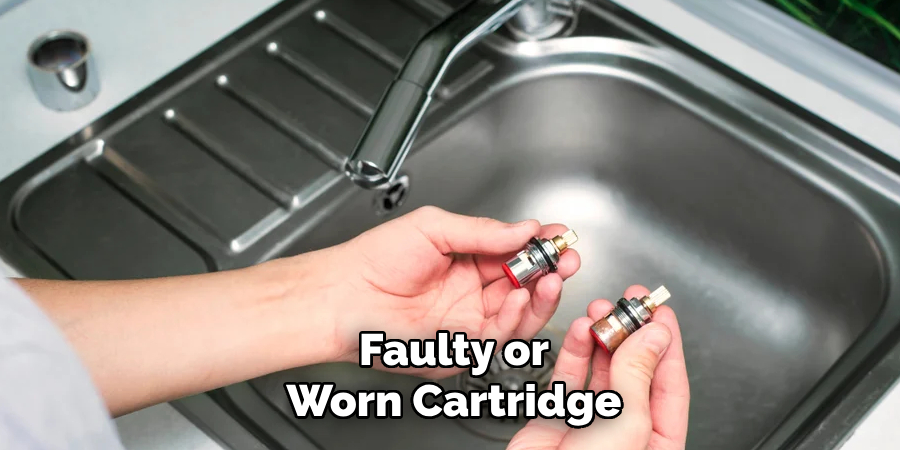
Loose Valve Seat
The valve seat, which connects the tap to the spout, can become loosened or worn, causing the entire mechanism to spin when you try to use it.
Knowing these common causes can provide a starting point for troubleshooting and resolving the issue effectively.
Tools and Materials You’ll Need
Before attempting to fix a spinning mixer tap, gather the following tools and materials to make the process smoother and more efficient:
- Adjustable Wrench – For tightening or loosening fittings and components.
- Screwdrivers – Both flathead and Phillips screwdrivers may be needed to remove screws or access internal parts.
- Replacement Cartridge – If the cartridge is faulty, having a compatible replacement is crucial.
- Allen Key (Hex Key) – Often required to loosen small screws on the tap handle.
- Plumber’s Tape – Useful for ensuring a watertight seal on threads during reassembly.
- Cleaning Cloth – To clean components as you work.
- Bucket or Bowl – For catching any residual water when removing parts.
- Lubricant – A silicone-based lubricant can help with reassembling moving components.
Having these tools and materials ready will help streamline the repair process and reduce interruptions.
10 Methods How to Stop Tap from Spinning
1. Determine the Cause of the Spinning Tap
Before diving into a repair, it’s essential to assess why the tap is spinning. Most often, this issue arises because the mounting nut underneath the sink has become loose over time. In other cases, it may be due to corrosion, a damaged washer, or faulty installation. Check if the entire tap body rotates, or just the spout.
This will help you figure out whether the problem lies at the base of the tap or within the cartridge or pivot mechanism. Knowing what you’re dealing with will guide your repair efforts and avoid unnecessary disassembly.
2. Clear the Area Beneath the Sink
Accessing the underside of your sink is often required to stop a spinning tap, so your next step should be to remove any stored items to create working space. Use a flashlight to locate the underside of the tap, where it’s typically secured to the sink with a mounting bracket or nut. If your sink has a deep basin or tight space, a basin wrench—a special plumbing tool with a long handle and pivoting head—will be invaluable for reaching and tightening fasteners in cramped areas.
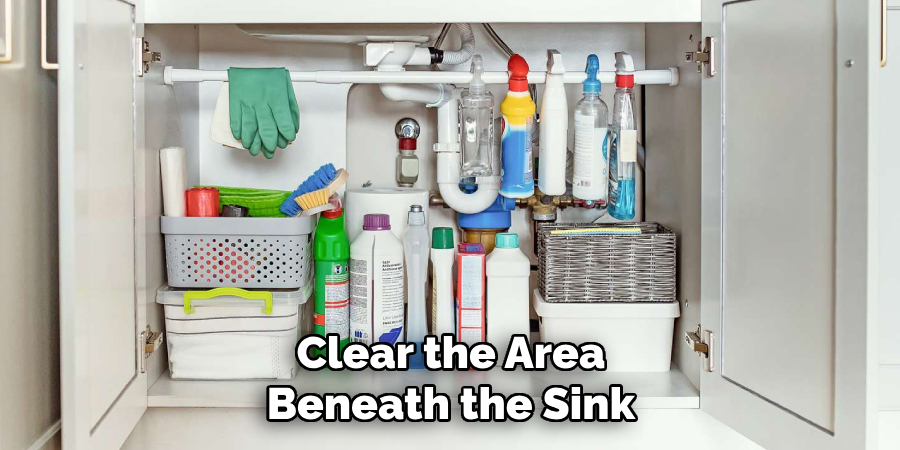
3. Turn Off the Water Supply Before Starting Repairs
Whenever you’re working on any part of a plumbing fixture, especially a tap, it’s crucial to turn off the water supply to avoid accidents or flooding. Look for isolation valves on the hot and cold pipes under the sink. Turn them clockwise until fully shut. If there are no individual valves, you may need to shut off your home’s main water supply. Once off, open the tap to release any pressure and ensure there’s no water left in the system.
4. Tighten the Mounting Nut or Bracket
In most cases, a spinning tap is due to a loose mounting nut under the sink. Locate the nut securing the base of the tap to the sink. It may be made of plastic or metal and can usually be tightened using an adjustable spanner or basin wrench. Turn it clockwise to tighten. Be firm but cautious—overtightening can crack ceramic sinks or damage the tap base. Once secure, check if the tap still spins. If it’s stable, you may not need to proceed further.
5. Replace Worn or Broken Rubber Washers
Sometimes, the reason your tap is spinning is because the rubber washer between the tap base and the sink has degraded or gone missing. This washer provides friction and helps hold the tap in place. If the mounting nut seems tight but the tap still moves, you may need to disconnect the tap and inspect this washer. If it’s brittle, cracked, or missing entirely, replace it with a new one of the same size. This simple swap can dramatically improve stability.
6. Use a Tap Stabilization Kit for Wobbly Sink Material
Certain sinks—especially stainless steel ones—tend to flex, which can allow the tap to move even if the nut is tight. In this case, a tap stabilizing plate or bracket kit can help. These kits include a support plate that sits between the tap and the sink, distributing pressure evenly and preventing movement. They’re available at most hardware stores and can be installed without removing the entire tap. Once in place, retighten the mounting nut to lock everything securely.

7. Apply Plumber’s Putty or Silicone for Added Grip
In some situations, especially where the tap base has worn the surrounding sink area or the surface isn’t perfectly flat, adding a thin layer of plumber’s putty or silicone sealant under the base of the tap can help. This adds grip and creates a more solid seal between the tap and the sink. Once applied, tighten the mounting nut underneath as normal. The putty or silicone will cure in place, helping to hold the tap firmly even if minor movement was possible before.
8. Inspect and Replace the Tap Backplate or Mounting Base
Many modern taps have a base plate or escutcheon that sits flush with the sink or countertop. If this plate is damaged or missing, it can allow the tap to rotate. Check if your tap includes one of these and whether it’s bent, warped, or loose. Replacing a warped base plate with a new one can significantly enhance stability. It’s also worth checking for corrosion or rust around this area, as it can undermine the integrity of the mounting surface.
9. Check for Internal Tap Damage
If all mounting components appear to be in good shape but the tap still spins, the issue could be internal. For instance, the threaded tailpiece that runs through the sink might be stripped, cracked, or poorly designed. In such cases, no amount of tightening will hold the tap steady. Remove the tap entirely and inspect the thread. If it’s damaged, you may need to replace that part or the entire tap. This is more common in cheaper or older taps where wear and tear have taken a toll.
10. Consider Replacing the Tap If Repairs Fail
Sometimes, despite your best efforts, the tap continues to spin due to poor design or wear that isn’t worth the time or expense to repair. If tightening, re-washering, or securing fails to work, it may be more efficient to replace the entire tap. Newer taps often come with better mounting systems and stronger stabilization hardware, making installation more secure and long-lasting. Choose a quality tap with solid brass components and a durable mounting kit to avoid repeating the issue in the future.
Things to Consider When Choosing a New Tap
Material Quality
Opt for taps made from high-quality materials like solid brass or stainless steel. These materials are more resistant to corrosion and wear, ensuring durability and a longer lifespan.
Finish
Consider the finish of the tap to match your kitchen or bathroom decor. Popular finishes include chrome, brushed nickel, matte black, and oil-rubbed bronze, each offering a unique aesthetic and level of maintenance.
Type of Tap
Decide on the tap type based on functionality and preference. Options include single-lever mixers, dual-handle taps, pull-out sprays, and touchless models for added convenience.
Water Efficiency
Look for taps with aerators or water-saving features to reduce water consumption without compromising performance. This can help you save on utility bills over time.
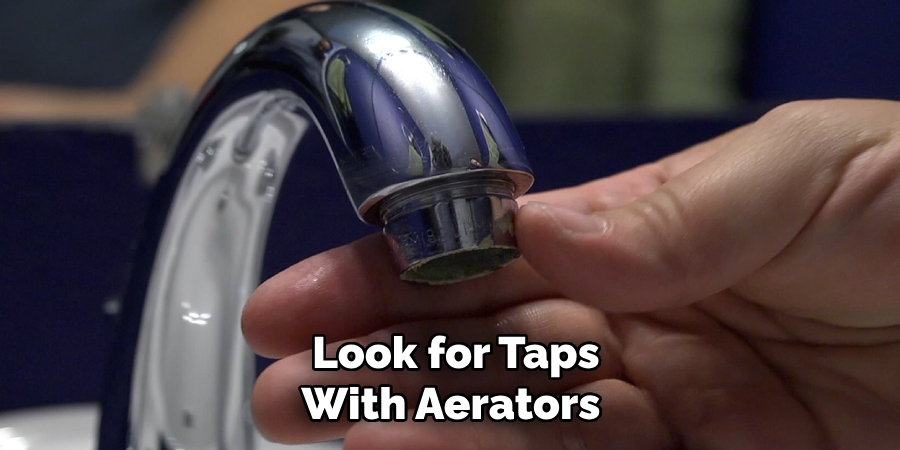
Mounting Style
Ensure the mounting style of the tap is compatible with your sink or countertop. Common types include deck-mounted, wall-mounted, or undermount styles, each requiring specific installation procedures.
Conclusion
A spinning tap may start as a small annoyance, but it can lead to leaks, damage, or even complete detachment if left unaddressed. With these ten methods, you now have a toolkit of practical, well-explained strategies for diagnosing and fixing the issue. From tightening nuts to replacing washers or even upgrading your tap, each method is designed to restore function and prevent further problems. So, there you have it – a quick and easy guide on how to stop tap from spinning.

